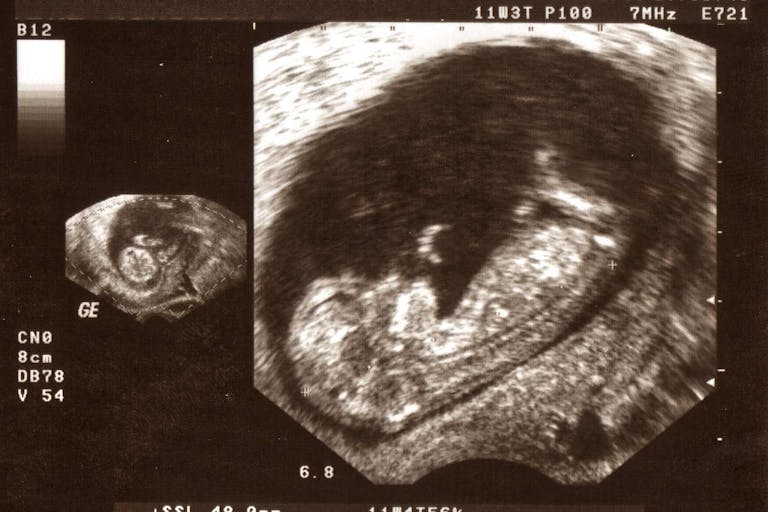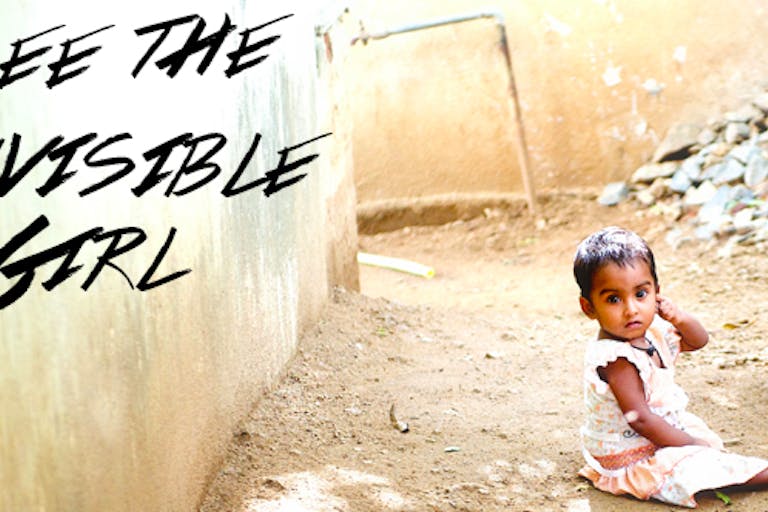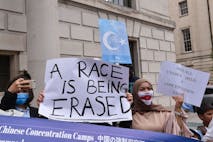
The Associated Press spreads misconceptions about pregnancy centers
Nancy Flanders
·
Invisible Girl Project: Tragic stories from India
When Attorney Jill McElya and her husband Dr. Brad McElya were living in India in 2009, they founded Invisible Girl Project, an organization “[that] raises global awareness concerning the loss of female lives in India, pursues justice for lives lost, and assists Indian organizations in the rescue of and care for vulnerable Indian girls.”
In the recent hearing on India’s Missing Girls before a House Subcommittee on Africa, Global Health, Global Human Rights, and International Organizations, Jill was called on to provide testimony and was able to provide real life examples of what life is really like for part of the female population in India. Her stories make the listener wonder if such atrocities could really be happening in the world in which we currently live.
She told a story of a girl who was the twelfth daughter in her family, but the only one who was allowed to live. Her other eleven sisters were killed by her parents after they were born in hopes that later they would have a boy. In this village, there were eight boys for every one girl.
While some women may choose to voluntarily kill their daughters, others are pressured into it. Jill spoke of a woman she met in South India whom she called Asha:
Pregnant with her second child, her first child a girl, Asha desperately hoped that she was carrying a son. Her husband and her in-laws threatened that if she “did not produce” a son, she would have to murder her own daughter. When she gave birth to her newborn little girl, the whole family was disappointed, but Asha refused to kill her daughter. One night, during her daughter’s first week of life, Asha fell asleep on the dirt floor of her home with her baby girl beside her. When Asha woke a few hours later, she immediately noticed her daughter was gone. She says she heard a baby cry in the distance. The next morning, Asha learned that her husband and his parents took her baby to a nearby pond and drowned her.
Another woman, after having two daughters, decided to kill her third daughter as she was afraid that her husband would leave her. When she was pregnant with her third daughter, her husband would beat her and insist that she have a boy.
Her mother-in-law would remind her that she had not given a dowry to her husband, so she should give him a son. The pressure was enough that she resorted to infanticide.
Still another woman was brought for an ultrasound when she was sick. When the ultrasound showed that she was pregnant with twin girls, her in-laws and husband told her to seek an abortion. When she would not consent, they resorted to violence, throwing her down a flight of stairs. While she and her unborn twins survived, she now lives on her own with her twin girls.
Though some girls are allowed to be born before they are killed, others do not make it even that far. According to Jill’s report she gave to the Subcommittee:
Sex-selective abortions of females are so widely practiced in India, the UN estimates that 2,000 are performed daily. One estimate is that the lives of as many as two million female unborn babies are selectively terminated annually after sex determination tests are performed. Two million fewer females a year are being added to a population that already is suffering from a dramatic chasm in the sex ratio between its males and females.
This gender imbalance has caused in increase in sex trafficking and rape. Jill reported that early in April, a five-year-old girl was raped and left to die from her wounds. Girls are lured away from their homes through the promise of a job, only to find out that this “job” is being a slave in the sex trafficking industry. Jill states:
My experience in raising awareness about gendercide throughout the United States, however, has shown me that most are unaware that female gendercide in India is a root cause for much of the sex trafficking.
Invisible Girl Project
While gendercide and infanticide are a problem in India, this is not even where violence against females ends. Approximately one woman is killed every hour over the dowry money the bride’s family is to provide to the groom. If the groom or his family does not think it is sufficient, the bride’s life could be in danger.
Jill suggests that if India is to receive financial aid from the United States, they in turn must be called upon to actively protect their most vulnerable:
We must, therefore, require these recipient nations of our financial assistance to also report their efforts to prevent the killing of the most vulnerable among them and to preserve the lives of girls. Political will in India must increase to uphold the laws and protect girls’ lives. Women in India must be empowered, and Indian society must be educated to understand that daughters, born and unborn, are as valuable as sons, and women’s rights are human rights.
Live Action News is pro-life news and commentary from a pro-life perspective.
Contact editor@liveaction.org for questions, corrections, or if you are seeking permission to reprint any Live Action News content.
Guest Articles: To submit a guest article to Live Action News, email editor@liveaction.org with an attached Word document of 800-1000 words. Please also attach any photos relevant to your submission if applicable. If your submission is accepted for publication, you will be notified within three weeks. Guest articles are not compensated (see our Open License Agreement). Thank you for your interest in Live Action News!

Nancy Flanders
·
Issues
Bridget Sielicki
·
Guest Column
Right to Life UK
·
Analysis
Cassy Cooke
·
International
Cassy Cooke
·
International
Nancy Flanders
·
Politics
Heidi Miller
·
International
Heidi Miller
·
Politics
Heidi Miller
·
Politics
Heidi Miller
·
Investigative
Heidi Miller
·